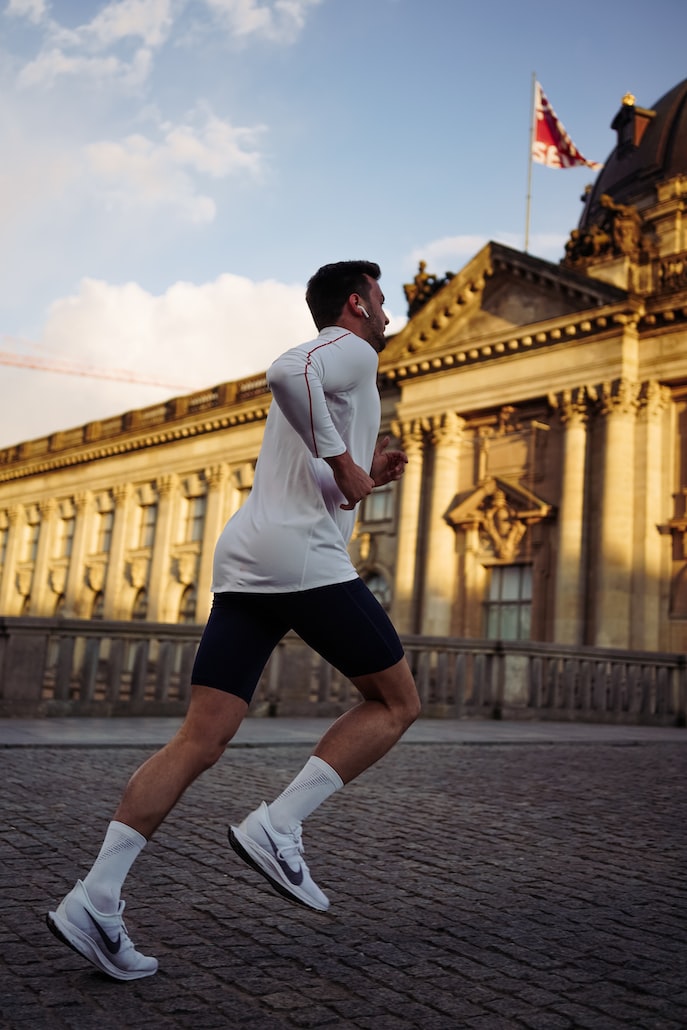The Road to Recovery: Rehabilitating Knee Injuries in Padel
4 min read
The Road to Recovery: Rehabilitating Knee Injuries in Padel
The All-Important Knee
Welcome, fellow padel enthusiasts! Today, we’ll be delving into a topic that not only affects many players but also strikes fear into the hearts of those who hear its name – knee injuries. Whether you’ve faced this challenge yourself or know someone who has, it’s time to explore the road to recovery and discover ways to get back on the padel court stronger and more determined than ever before.
The Common Culprits
One of the beauties of padel is its fast-paced and dynamic nature. However, these very qualities can sometimes spell trouble for our precious knees. Twists, turns, quick stops, and sudden changes in direction – all these movements put stress on our knees, making them susceptible to injuries. The good news is that by understanding the common culprits, we can take better precautions and minimize the risk.
1. Sudden Twists and Turns
Picture this: you’re in the middle of an intense rally, gracefully maneuvering across the court, when suddenly a powerful shot forces you to make a quick change of direction. Unfortunately, our knees are not always prepared for these sudden twists and turns. The strain on the ligaments and tendons can lead to painful injuries such as ACL (anterior cruciate ligament) tears or meniscus damage.
2. Overuse and Repetitive Movements
Padel is addictive, and it’s easy to lose track of time when you’re engrossed in a game. However, repetitive movements, such as excessive running or jumping, can lead to overuse injuries. The constant pounding and stress on our knees can result in conditions like patellar tendinitis, runner’s knee, or Osgood-Schlatter disease (common among younger players). Slow and steady wins the race, as they say, but don’t forget to listen to your knees along the way.
Preventing Knee Injuries
Now that we are aware of the common causes, it’s time to shift gears and discuss how we can prevent these pesky knee injuries from interrupting our padel journey. Proactive measures can help keep our knees in tip-top shape, and let’s be honest, prevention is always better than cure.
1. Warm-up and Stretching
Think of your muscles and ligaments as machinery – they perform better when adequately warmed up. Spend a few minutes before every match or training session to get your knees ready for action. Dynamic warm-up exercises and stretching routines, focusing on the lower body, can help increase blood flow, improve joint mobility, and reduce the risk of injury.
2. Strengthening the Support System
Our knees rely on a strong support system to withstand the demands of padel. Regular strength and conditioning exercises, targeting the quadriceps, hamstrings, and gluteal muscles, can provide this much-needed stability. Strong muscles surrounding the knee joint help absorb shock and reduce stress, giving your knees the extra armor they need during explosive movements.
3. Appropriate Footwear and Equipment
Investing in proper padel shoes can make a world of difference in preventing knee injuries. Look for shoes with ample cushioning and ankle support to minimize impact and provide stability during lateral movements. Also, consider using knee braces or taping techniques recommended by a medical professional for added support and protection.
The Road to Recovery: Overcoming Knee Injuries in Padel
Despite our best efforts, accidents happen, and sometimes our knees pay the price. But fret not, fellow padel warriors, for there is light at the end of the tunnel. With proper rehabilitation, determination, and a sprinkle of patience, we can nurse our knees back to health and return to the court stronger than ever.
1. Seek Professional Guidance
The first step towards recovery is seeking professional help. Consult with a medical expert, physiotherapist, or sports rehabilitation specialist who understands the unique demands of padel. They can accurately diagnose your injury, create a tailored rehabilitation plan, and guide you through the recovery process.
2. Rest and Start Small
Rest is crucial for healing knee injuries, and while we may be eager to return to the court, patience is key. Follow your healthcare professional’s advice and gradually reintroduce movement and exercise into your routine. Start with low-impact activities and slowly progress as your knee gains strength and mobility.
3. Build Strength and Flexibility
Rehabilitation exercises play a vital role in rebuilding strength and flexibility in your knees. Work closely with your physiotherapist to ensure that your rehabilitation plan includes a combination of strengthening exercises, stretching routines, and stability drills. These will target the muscles around your knee, helping provide the necessary support during padel movements.
4. Listen to Your Body
No one knows your body better than you do. As you navigate the road to recovery, pay attention to the signals it sends. If a particular exercise or movement causes pain or discomfort, communicate this to your rehabilitation team. They can modify your program and guide you towards alternatives that promote healing without aggravating your knee injury.
Conclusion
Overcoming knee injuries in padel may seem like a daunting task, but by implementing preventive measures, seeking professional help, and embracing the rehabilitation process, we can bounce back stronger than ever. Remember, your knee injury is just a detour on your padel journey, not the end of it. So lace up those shoes, let perseverance be your ally, and get ready to conquer the padel court once again.
And never forget, it’s not just about the destination, it’s about the incredible and rewarding journey that padel offers us all.






